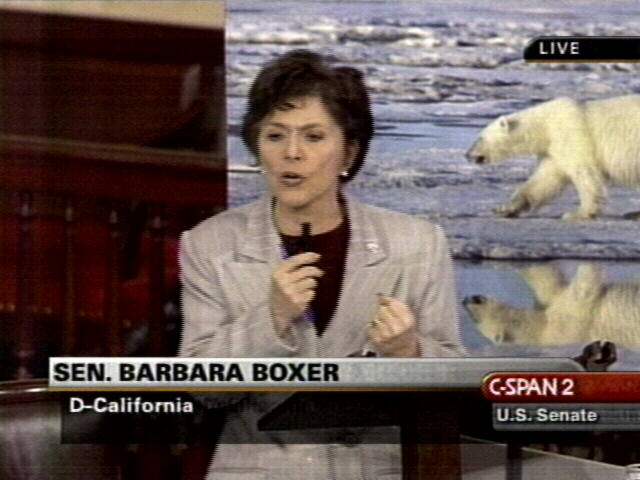Though the defense of the Arctic Refuge over the last four decades has been driven by the grassroots, on-the-ground organizing of Alaska Natives and their allies, but the fate of the Refuge has always ultimately been determined through federal politics. As Refuge defenders have made the protection of the coastal plain from fossil fuel development a high-priority issue through tireless advocacy, it has attracted the attention of politicians who hope to court favor among the public on both sides of the debate.
The existence of the area now known as the Arctic Refuge is itself a product of federal policy. In 1960, the outgoing Eisenhauer administration responded to several years of campaigning by wilderness advocates with Public Land Order 2214, the policy which created the Arctic National Wildlife Range. Public concern for the protection of wilderness would only continue grow throughout the sixties, leasing Congress to pass the Wilderness Act of 1964 and codify the idea of nature as pristine and separate from people.
But as the energy demands of the country grew in the second half of the twentieth century, so did political interest in domestic oil production. Interest in Arctic drilling specifically peaked in the early 1970s as the trans-Alaska pipeline was completed. Throughout the seventies, environmental groups lobbied for a more permanent solution to protect the Refuge. The result was the 1980 Alaska National Interest Lands bill (ANILCA), which created the Arctic National Wildlife Refuge, but compromised to Congressional opposition by leaving the Arctic coastal plain open to potential future drilling.
With ANILCA signed into law, further congressional approval became necessary to drill the coastal plain. It was not until 1991, when the Johnston-Wallop was proposed in the Senate, that Arctic drilling was seriously considered in Congress. As the profile of the issue continued to get public exposure, the Arctic Refuge again became a high-profile topic of debate for politicians. Refuge defenders across the nation were able to convince politicians like Minnesota Senator Paul Wellstone to oppose the bill, leading to its defeat later that year. Following the Republican Revolution of 1994, a more pro-drilling Congress prepared was able to pass a drilling provision in the 1995 budget bill. This bill was only defeated with a veto from President Bill Clinton.
Clinton justified his veto of the 1995 budget bill in part to protect the “biologically rich” and “pristine wilderness” of the Arctic Refuge. But throughout his tenure, Clinton also supported numerous other fossil fuel development projects nationally and globally. Obama’s rhetoric on the Arctic Refuge followed a similar pattern. In 2015, he proposed granting the coastal plain refuge status and designating the entire Arctic Refuge as wilderness. Yet at the same time, his administration opened other coastal areas to drilling and supported oil companies in their efforts to develop new sites.
In the run-up to the 2016 election, Donald Trump made his intentions for arctic drilling clear. Once in office, his administration wasted little time in opening the coastal plain to oil development. The Trump administration included an arctic drilling provision in the Tax Cuts and Jobs Act of 2017, its signature piece of legislation. As the bill made its way through Congress, politicians like Senator Bernie Sanders voiced their opposition. But with an increasingly extreme Republican party controlling both houses of Congress, the bill passed with little resistance.
Since that time, progressive politicians have expanded the debate over fossil fuels far beyond high-profile issues like the coastal plain. Proponents of the Green New Deal, like Representative Alexandria Ocasio-Cortez, have hailed the proposal as a means of addressing the climate crisis and systemic inequalities with integrated policy solutions. In 2022, the Biden administration has taken steps to reverse the Trump administration’s lease of the coastal plain to oil companies. Even more recently, his administration pushed through a historic climate policy package.

